The homeland of the sophisticated white calla lilies is Africa, but despite such distant roots, these flowers do not require special care and are easy to grow at home even for a novice grower. It is also used to decorate interiors, create compositions, because the unique shape of the flower in combination with white color allows you to focus on tenderness and purity.
Content
Characteristics of feces and their varieties
Callas in nature are not only white, there are varieties of other shades: black, blue, green, yellow, pink, purple. They are grown both in flowerbeds and in gardens, and in houses and apartments. Regardless of the shade and growing conditions, the plant has a characteristic appearance:
- the flower is located on a long leafless stem;
- the inflorescence consists of a cob and a bedspread;
- long green leaves up to 11 cm wide;
- a funnel-shaped bedspread surrounds the ear;
- the cob is covered with small flowers.
The flower is unique in its structure and shape, which makes it recognizable throughout the world.
Conventionally, all callas are divided into white and color, they have different specifics of care and growing, but the main varieties of the flower are as follows:
- Calla Elliott - yellow with white spots, the height of the bedspread 15 cm, has large leaves of a heart-shaped. This culture loves light and plentiful watering, propagated by tubers. Varieties: Vermeer, Black-eyed beauty, Yellow corner.
- Calla Remani - a bright pink-red bedspread, small size up to 50 cm, propagated by tubers. Varieties: Evening, Chameleon, Indian Summer.
- Ethiopian is a snow-white species with a flower expanded at the top. It has long arrow-shaped leaves and an almost meter-long coverlet, which distinguishes it from other species. Varieties: Pearls, Green Goddess, Nicholas.
- Swamp - the bedspread is white inside and greenish outside, grows in swamps and has a creeping rhizome, the plant is poisonous.
It should be clarified that 8 types of callas were discovered in nature, but only three of them were cultivated and spread.
Secrets and difficulties of caring for a flower at home
Since the plant is not particularly fastidious in the care and growing process, you should not read volumes of literature about it, but you should still arm yourself with the basics of knowledge on growing it at home so that there are no difficulties and disappointments in the process.
Temperature and light
The optimal temperature for calla lilies in winter should be at least 14 ° C, and in the summer it should be 22-25 ° C.
Watering Rules
Calla loves moisture and therefore it is necessary to water the soil quite often so that it does not dry out. It is also acceptable to use a pot tray to create an additional source of moisture for the plant. Be sure to wipe and spray the leaves, they also need constant moisture.Particular care should be taken in the summer months, when the air temperature is high and the soil dries quickly, because the lack of watering can lead to diseases and death of the flower.
Top dressing
Fertilize the soil once a week, this is enough for growth and flowering. Do not overdo it with top dressing. For example, with an excess of nitrogen, the edges of the leaves turn black first. It is best to feed the flower from January to March using mineral fertilizers. It is also recommended that you add organic fertilizer to the pot once or twice a year.
Wintering
Tuberous callas cannot be left in a pot, they need to be dug up after withering leaves, peeled and sent to winter. To do this, they should be placed in a cool and dark place, the temperature should not fall below 0. Also, the humidity of the tubers should be monitored, they should not dry out. You need to spray them with plain water from time to time. Can be stored in the refrigerator, on the insulated balcony. Tubers need rest for three months.
Causes of lack of flowers and stimulation of flowering
On average, calla blooms twice a year, usually in May and October, but it can stop releasing inflorescences for several reasons:
- frequent transfers from place to place;
- lack of nutrition in the form of fertilizers;
- poor lighting of the plant;
- improper care during the growing season;
- tuber sprawl.
To stimulate the flowering process, it is enough to adhere to the temperature regime and watering, which is so necessary for calla lilies. Also, one should not forget about fertilizing and the rest period of the flower, then it will delight with plentiful flowers.
Diseases and Pests
Despite the ease of care and beauty, like all plants, this species is susceptible to various diseases and pests. The most common ones are:
- Gray rot is a fungal infection due to which gray mold appears on the leaves and flowers, which leads to withering of the plant. The main reason for the appearance of this fungus is excess watering and high humidity. The plant can be saved at an early stage of infection by treating with a systemic fungicide.
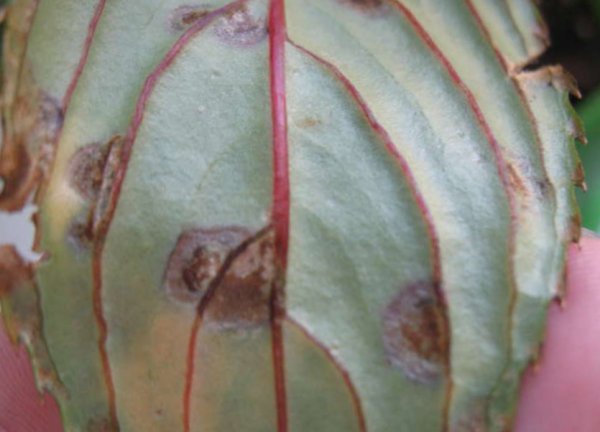
Gray rot - Root rot - the appearance of rot spots on the roots and tubers, occurs due to excess moisture, nitrogen fertilizing, as well as high temperatures. To save the plant, you can partially replace the soil with dry soil, stop watering for a while and treat the roots with the appropriate chemicals.
- Bacterial rot is an infection caused by an excess of nitrogen, high temperature in the room, or waterlogged soil. The result of this infection - the base of the leaves and flowers rot and become covered with mucus. It will not be possible to save such a flower; bacterial rot should be avoided, adhering to preventive measures.
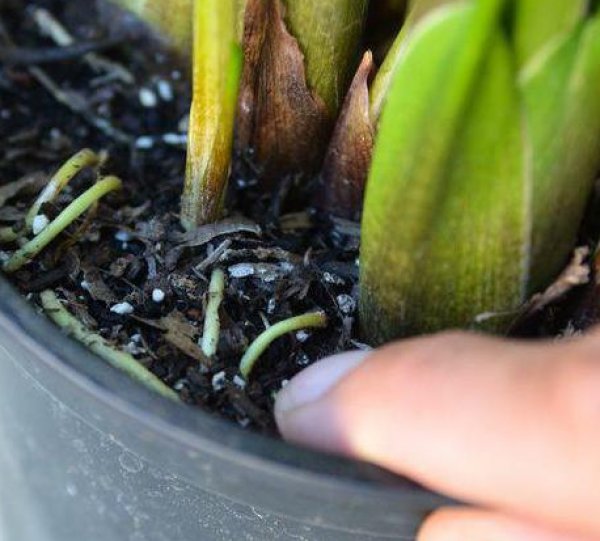
Bacterial rot - Aphids - this small insect feeds on the sap of the plant, as a result of its action, the leaves become covered with a sticky coating, turn yellow and curl.
- Mealybug - a parasite that lives in the axils of the leaves, the appearance of white cotton-like formations throughout the plant is characteristic of its presence.
- Anthracnose - the appearance of brown round spots on the surface of the leaves, which eventually lead to drying out. At the first signs of the disease, you need to remove the bad leaves and treat the plant with a fungicide, change its watering regime and location, because it is the high humidity and temperature that cause this disease.
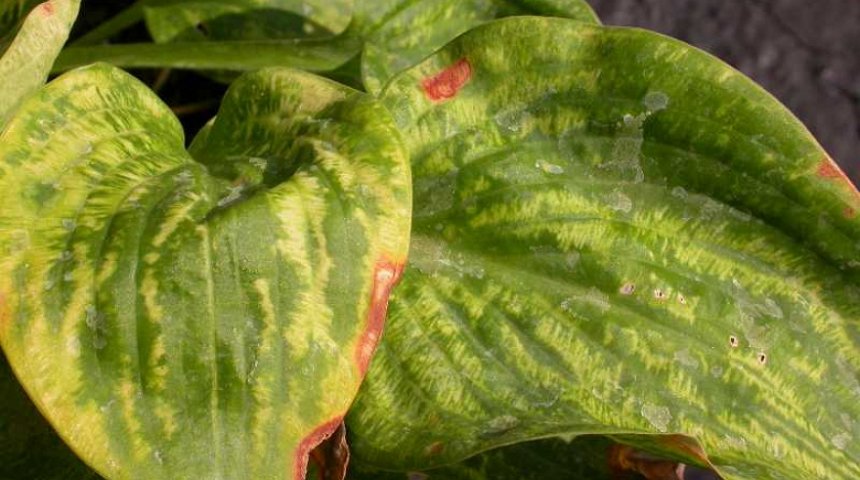
Anthracnose - Spider mite - envelops the plant with a barely noticeable cobweb, which leads to the death of the plant.
To get rid of pests, the flower must be immediately isolated from other plants, washed under running water all its parts located on the surface. You can also rinse the leaves with a solution of laundry soap or garlic juice.If the flower has been severely damaged, appropriate pest control chemicals should also be applied to the soil.
How to propagate and transplant callas at home
Since calla has several varieties, the methods of its division are also different; There are three main methods of breeding it at home.
Tubers
Planting calla lilies with bulbs consists of the following steps:
- Buy your favorite bulb variety.
- Choose a well-lit landing spot.
- The planting process itself is standard, the planting depth in the pot is 5 cm.
- The bulb is planted with germinating ends up.
- When planting several tubers, you need to maintain a distance of 10-30 cm between them.
- Wait for the plant to shoot, do not forget to water it.
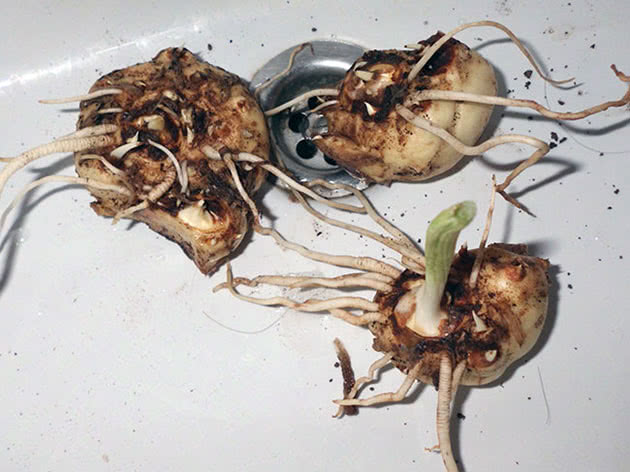
It is important not to leave tubers for the winter outdoors even in a pot, otherwise they will freeze and the flower will be lost.
Basal processes
This method of vegetative propagation is suitable only for root callas and does not require additional tricks.
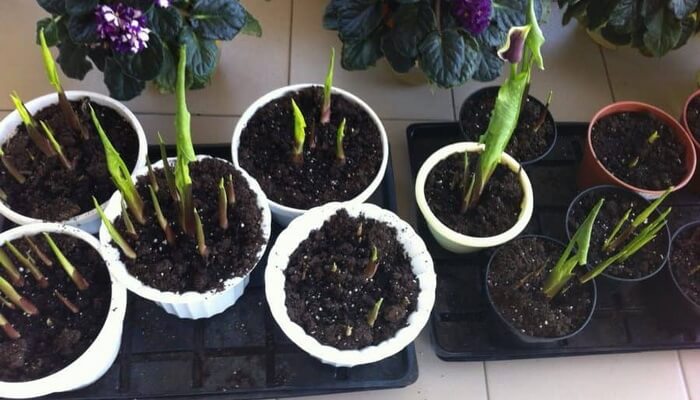
In spring, the root system of the flower needs to be divided into several parts and planted in separate pots, by the summer they will fully empty the shoots and will be independent units.
Seeds
The method of propagating calla seeds by seeds is not very popular, but it exists, and you can try it if you wish:
- Buy flower seeds in the store.
- Lay them out on a damp paper towel, covering with another layer on top and put in a cool dark place. In a few days they will germinate.
- Plant sprouted seeds in the ground to a shallow depth and wait for the emergence of sprouts.
- To plant such seedlings in pots.
The uniqueness of the method lies in the fact that flowers grown in this way may not be an exact copy of their parents and interesting copies will be obtained.
History of a flower and signs
Calla is also called the wing-wing for the shape of its petals, similar to the wings of swans. The plant loves shady shores in its natural habitat, but is unpretentious for growing in pots, because varieties have been specially modified for this.
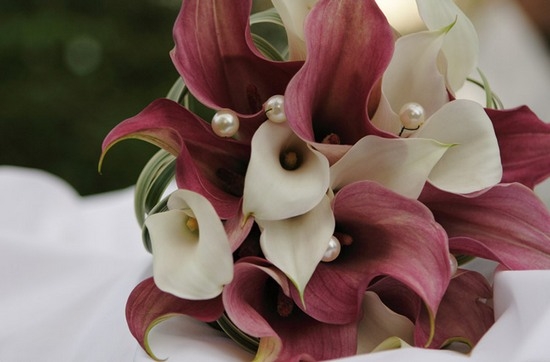
There is a legend about the origin of calla lilies. In the ancient world there were two tribes, the leader of one of them decided to seize the territory and possessions of the other. At the beginning of the battle, the leader was so fascinated by the beauty of a girl from a warring tribe that he promised to retreat if she became his wife. All residents were satisfied with this outcome and a wedding day was appointed.
They dressed the beautiful bride in snow-white dresses and led to the altar, the path to which lay past the sacrificial fire. The poor girl decided that it would be easier to burn than to live with an unloved person and rushed to the side of the fire, but turned into a beautiful white flower. Thus, the gods protected her from suffering and gave the world a symbol of purity and purity.
Thanks to this legend, callas are often used for bridal bouquets, when decorating wedding ceremonies. She is considered the protector of women, the keeper of the hearth.
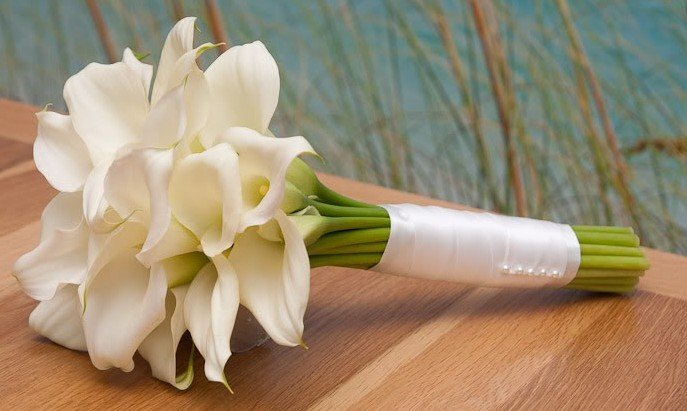
In contrast to this theory, there is a widespread belief that callas bring death. The roots of this superstition go back to European countries, where it was a tradition to bring these flowers to the cemetery. You can also meet the opinion that it is impossible to grow callas at home, because they attract death.
In fact, the flower has a positive energy and in its biochemical composition there are even elements that contribute to improving well-being, especially for people with heart diseases.Esotericists also say that calla absorbs the energy of the house in which it is grown, and by the changes in it, you can find out in advance what the family is waiting for, under the same roof with which the plant grows.
Common Growing Questions
Calla is a very elegant and unusual flower that can be grown at home without any difficulties, because it is unpretentious in care. You should regularly water the soil and moisten the leaves, so that this species pleases with a healthy look and flowers. There are callas of different colors and you can always choose the variety that appeals to you.

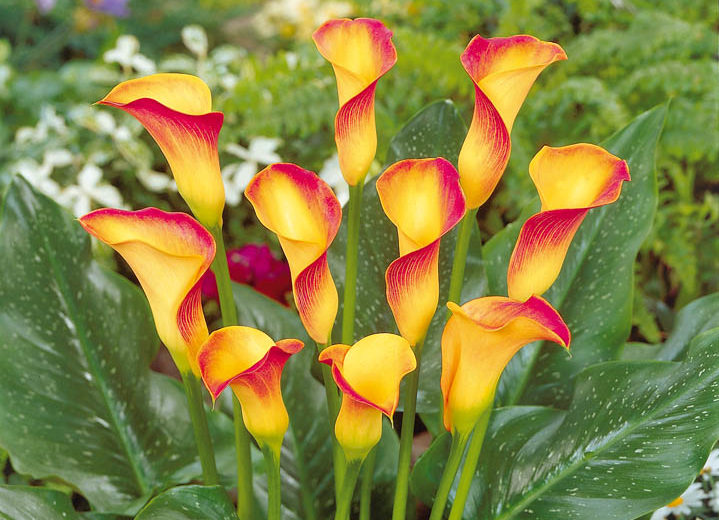
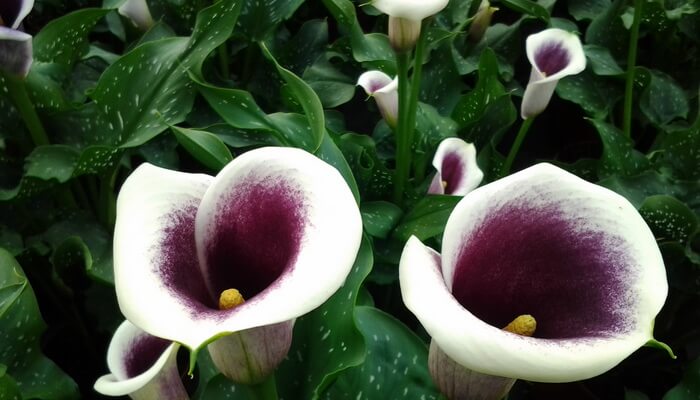
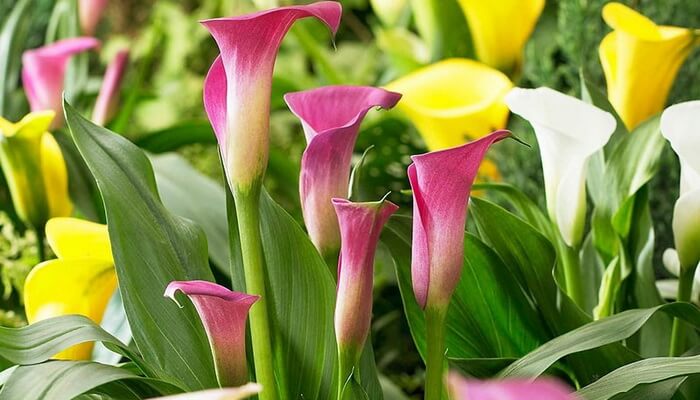
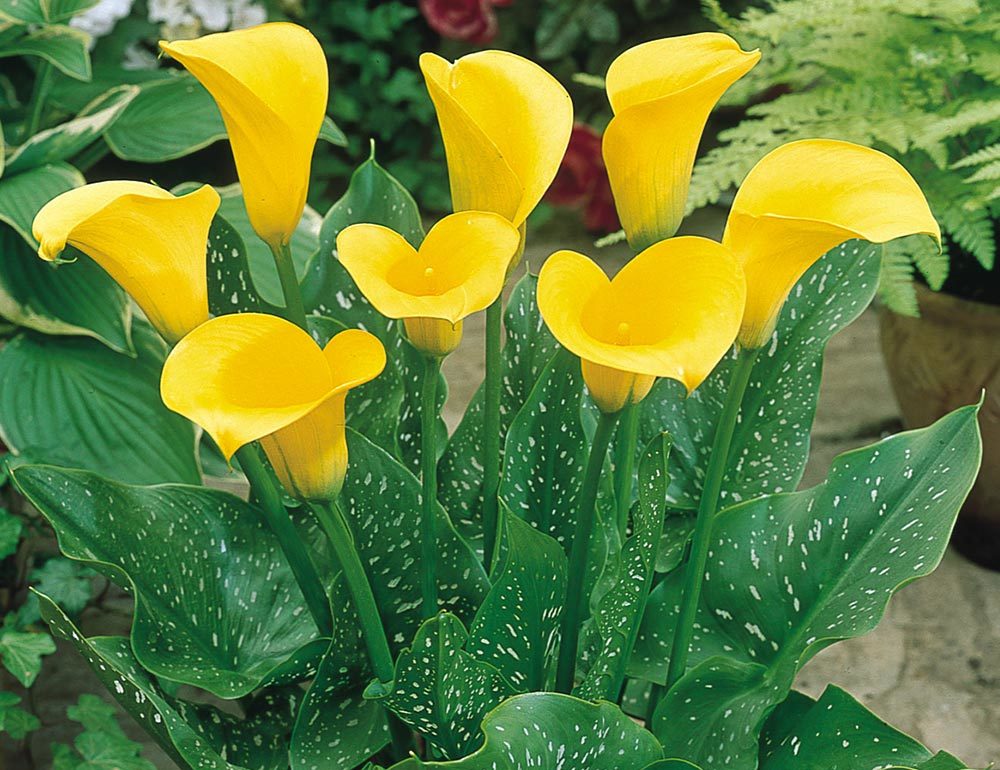
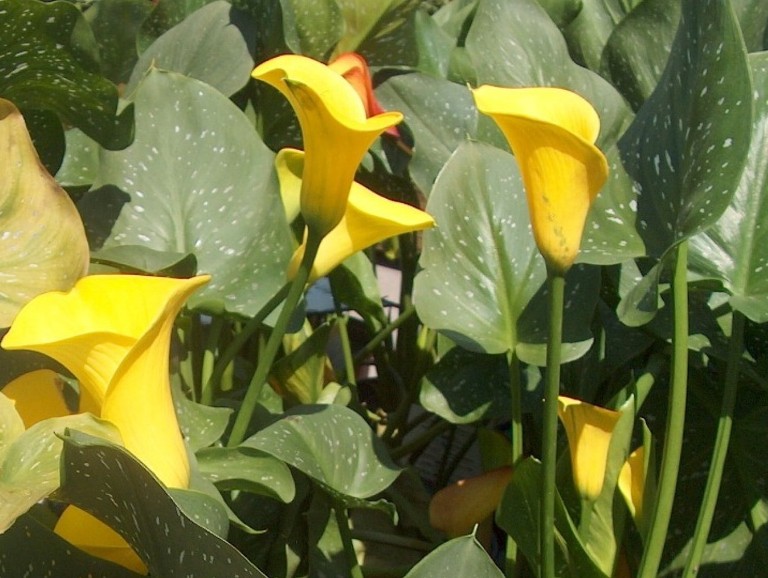
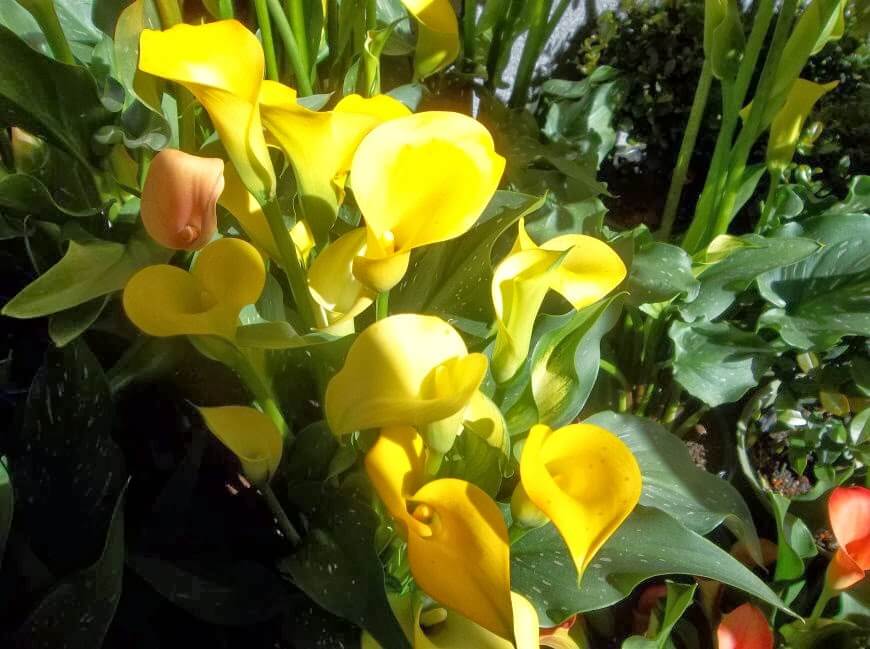
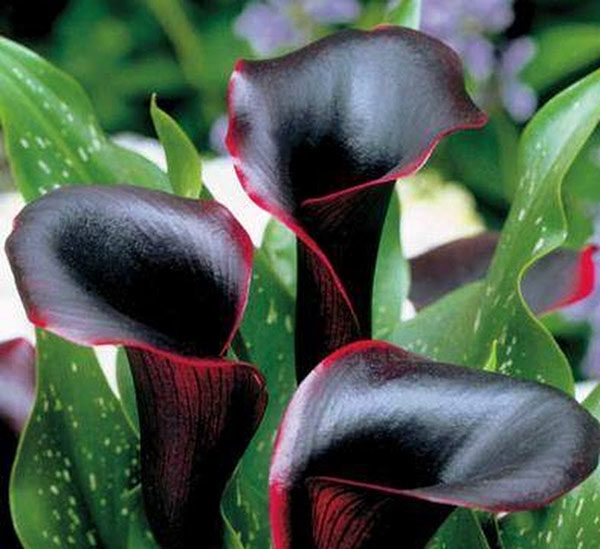
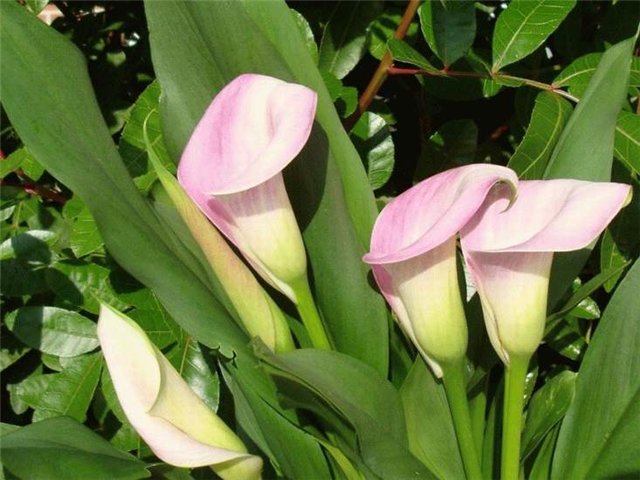
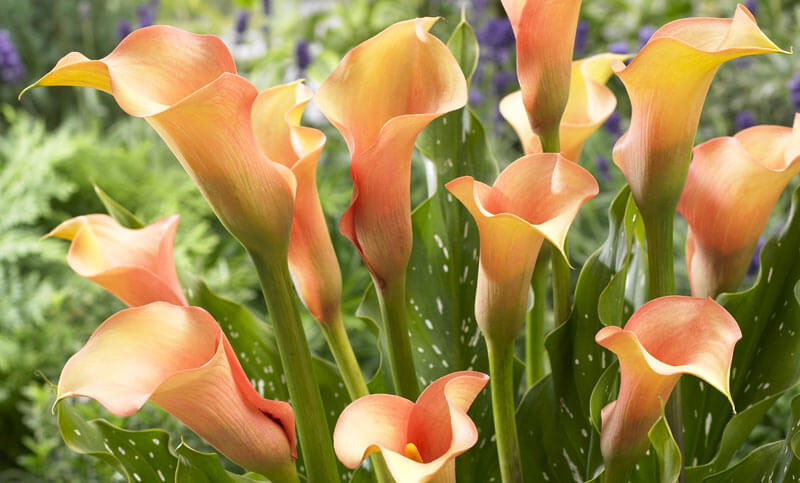
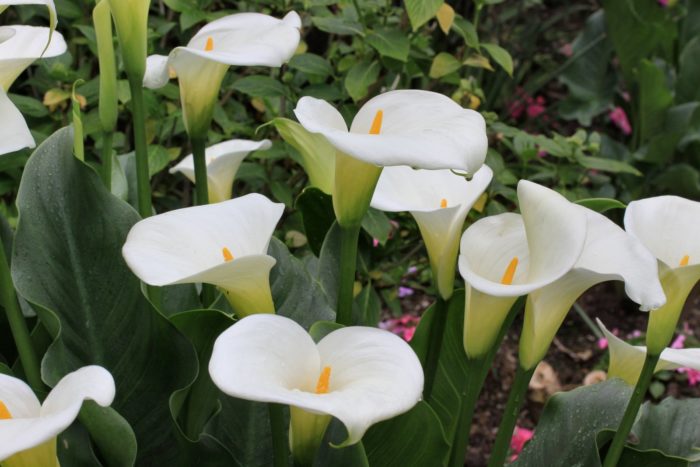
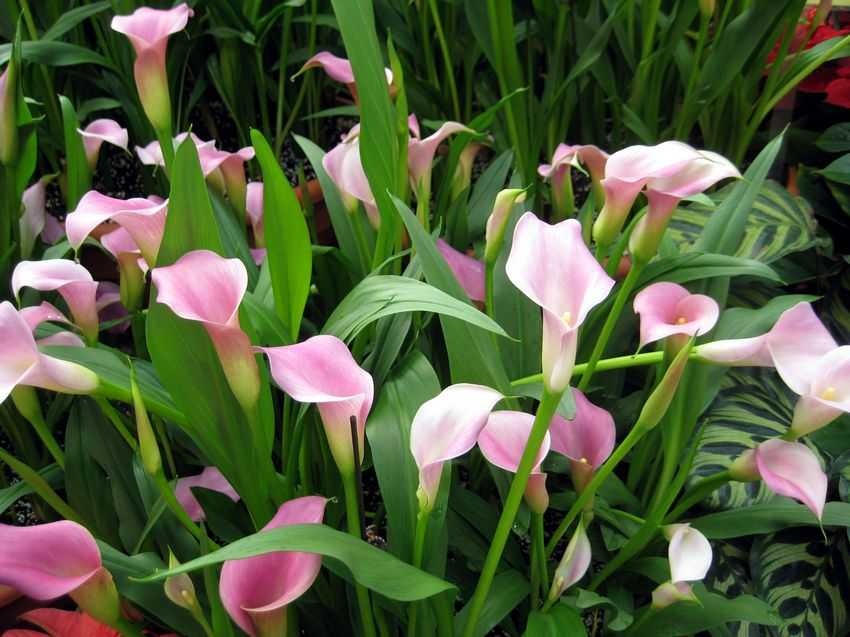
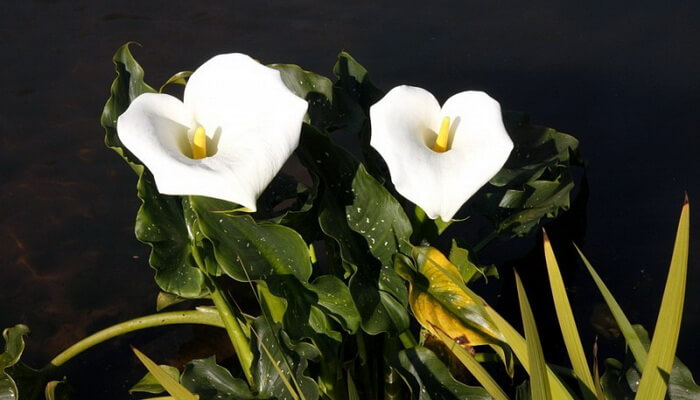
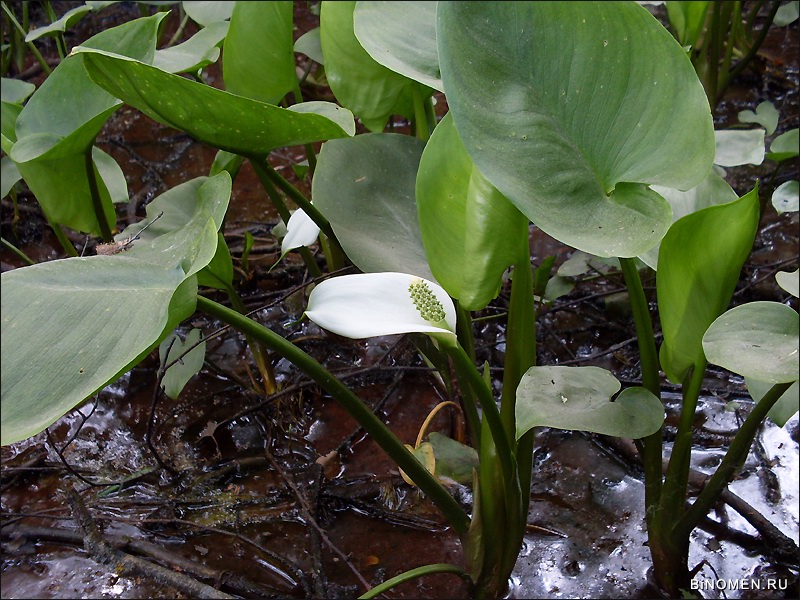
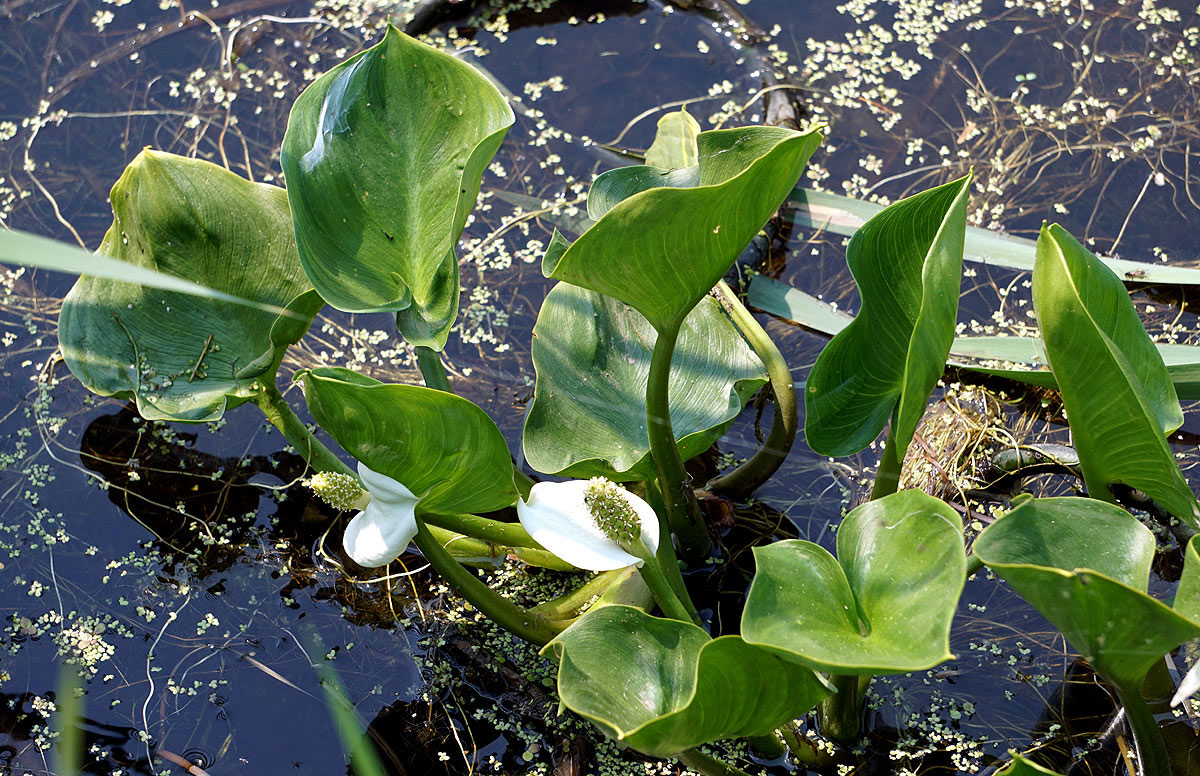
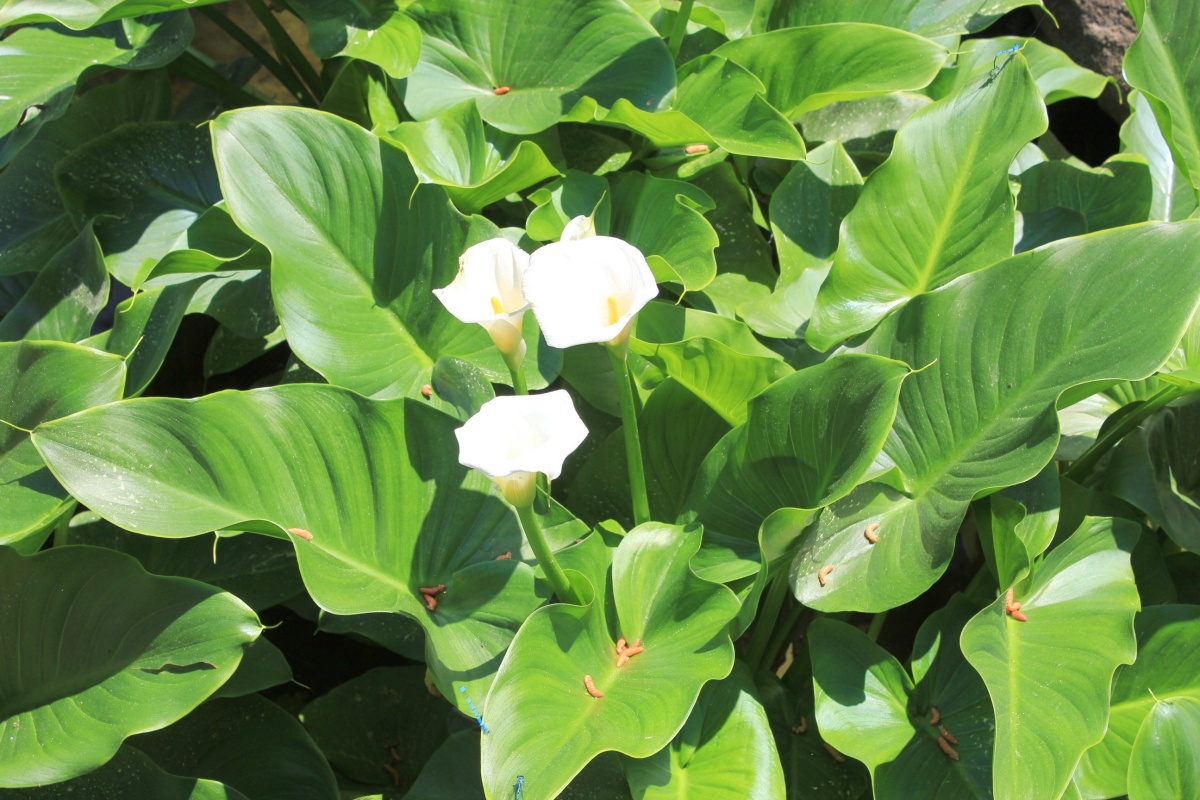
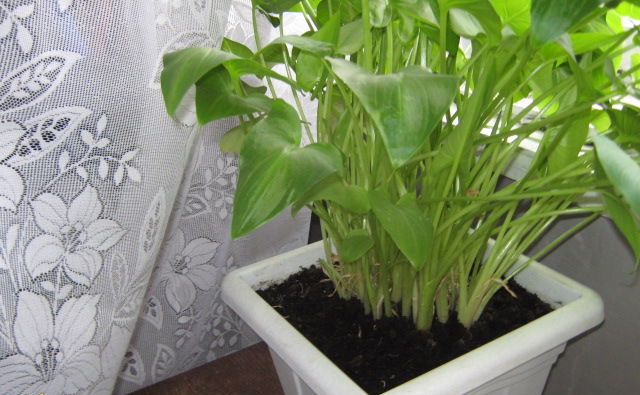
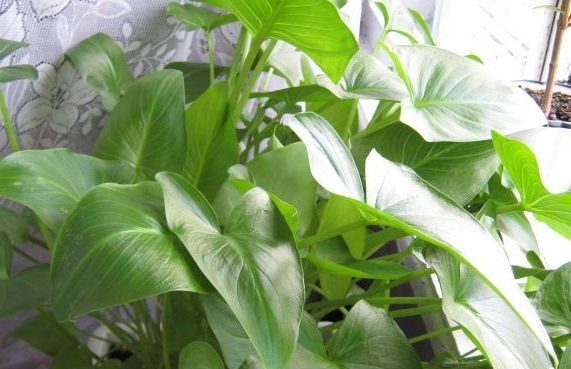



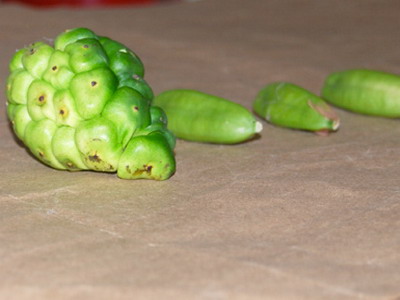
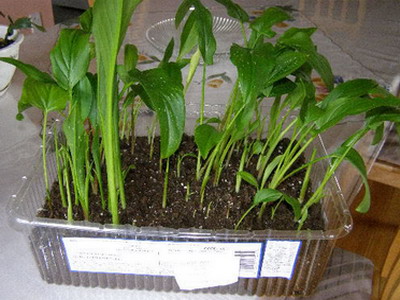
 Sow in the ground, without seedlings: 10 beautiful and unpretentious flowers
Sow in the ground, without seedlings: 10 beautiful and unpretentious flowers Platicodon planting and outdoor care
Platicodon planting and outdoor care Hosta - planting and care in the open ground in the Urals
Hosta - planting and care in the open ground in the Urals Oleander - care and growing at home
Oleander - care and growing at home